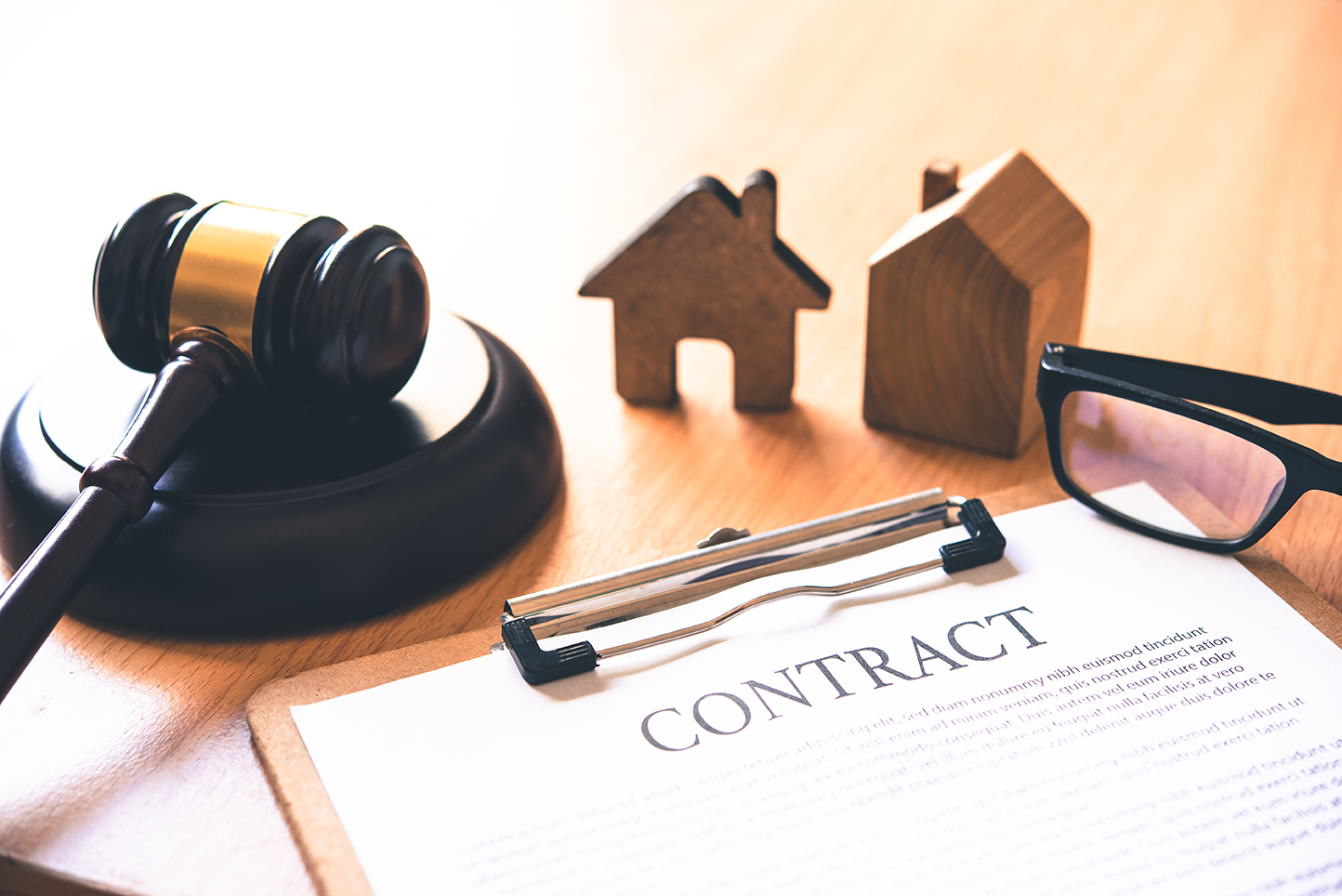When it comes to appealing the decision made in your Social Security Disability (SSD) case, sometimes you have to request a hearing. This part of the appeal process involves the review of your case by an Administrative Law Judge who did not take part in making decisions on your initial application or reconsideration.
The good news is that there are many ways to conduct a hearing, including via a video teleconference or in person. But knowing which approach is ideal for you requires weighing the pros and cons of each type of method for reviewing your SSD case. Discover the advantages and disadvantages of a video teleconference hearing versus an in-person hearing:
Pros of Video Teleconference Hearing
Video teleconference hearings and in-person hearings share similar processes. The main difference is that you, your witnesses, lawyer or other representative communicate with the judge via a video monitor at the hearing location.
One of the main advantages of attending a hearing via video teleconference is that it provides the potential for a faster hearing thanks to quicker scheduling. The reason for shorter schedule times is that there are usually more judges from other locations that are available to handle your case and more video teleconference hearing locations than there are in-person hearing locations. This helps you save time and provides a more convenient and flexible option for attending your hearing.
Participating in a video teleconference also helps you reduce your travel time since you’re conducting the interview remotely via a video monitor. This also helps you reduce the cost of travel expenses to attend an in-person hearing.
Cons of Video Teleconference Hearing
One major disadvantage of video teleconference hearings is that the judge who is available to review your Social Security Disability case may not be a judge from your circuit court. Having a judge from a different circuit court may make it challenging to have a fair hearing or one free of delays. Delays in your hearing can occur if the judge is not fully aware of or able to apply the right federal standard that pertains to your claim. Moreover, it’s possible to still face a delay in the hearing or hinder communication and recording of the hearing if the technical equipment stops working. Additionally, a lack of personal interaction with the judge may make it uncomfortable for individuals who are not used to looking at a video monitor.
Pros of an In-Person Hearing
An in-person hearing reduces the issue of worrying about technical difficulties. Since you are communicating with the judge face-to-face, the flow of conversation may occur more naturally, too. In-person hearings also have the advantage of making it easier to hear the judge.
Cons of an In-Person Hearing
The primary disadvantages to consider when participating in an in-person hearing deal with traveling to the hearing location and the delay in scheduling your hearing. Your hearing can take place at an in-person hearing location that is within 75 miles of your home. However, since only 169 hearing offices exist in the United States, it’s possible the location for your scheduled hearing can be further away to ensure more hearings are held at one location. That means you can easily increase your expenses for travel and accommodations if you schedule an in-person hearing.
Final Thoughts
Deciding on whether a video teleconference hearing or an in-person hearing is right for you is a personal choice. But it’s an important one to consider when you’re appealing a denial of Social Security Disability benefits. Consider the advantages and disadvantages each method brings and consider working with experts in SSD cases to help you understand your options, such as The Good Law Group. By understanding how each option impacts your SSD case, you can make a more informed decision that fits your needs.









